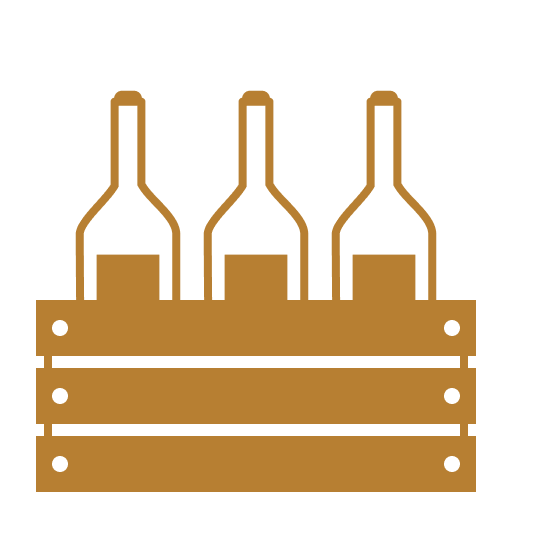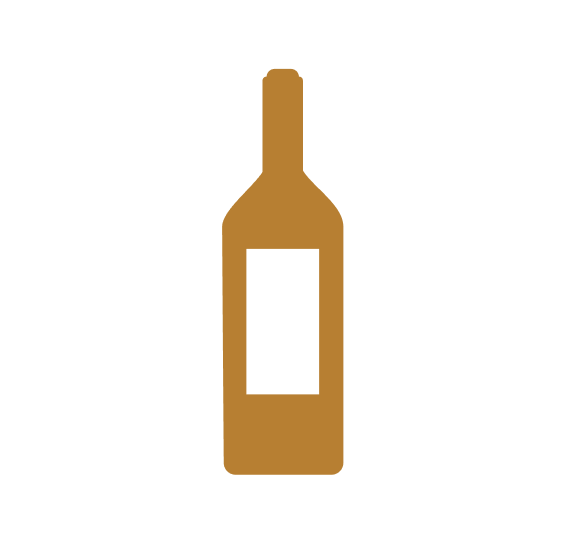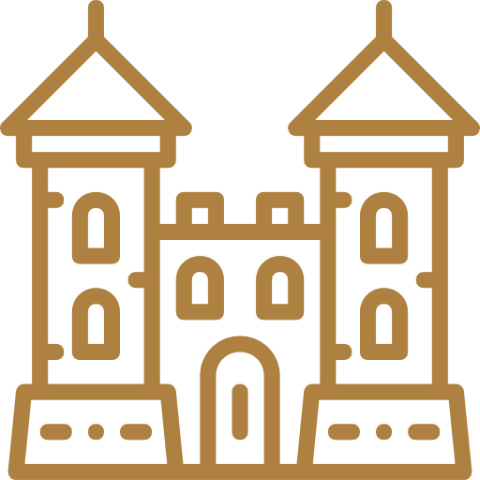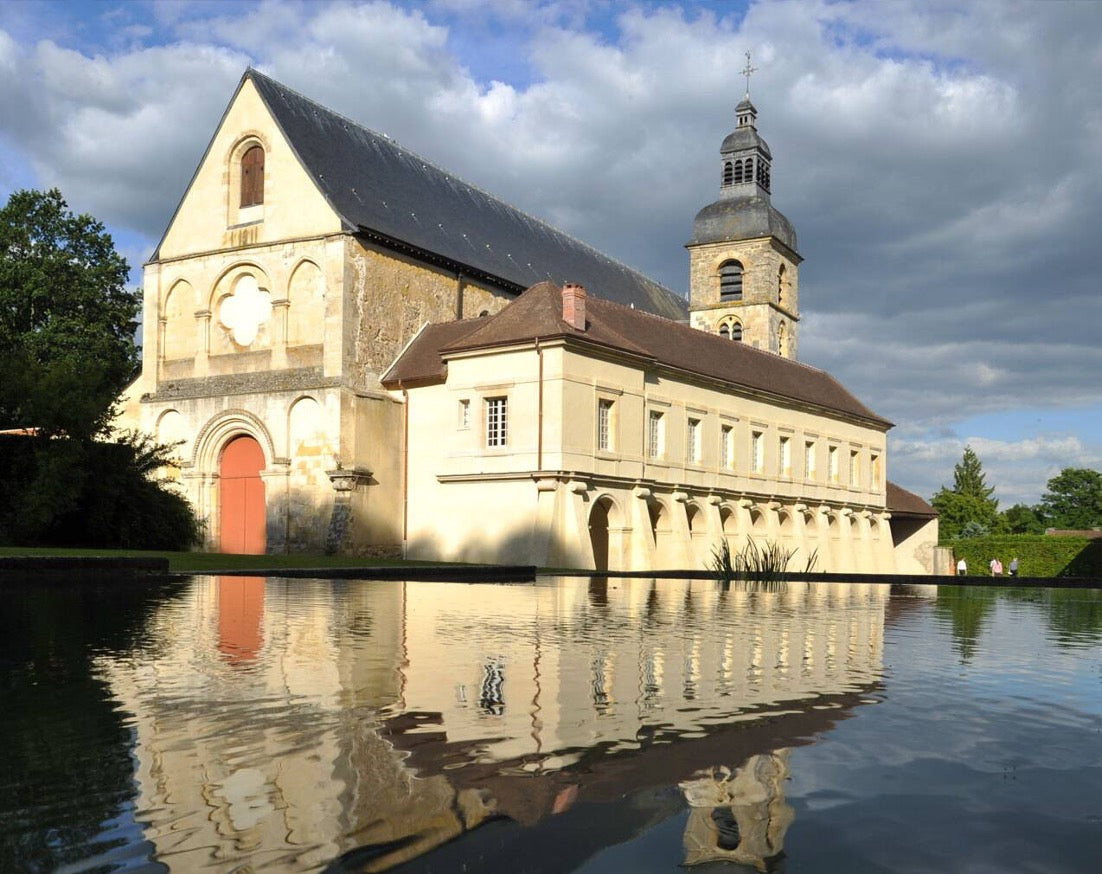


Découvrez les maisons & vins de Champagne
Champagne, a mythical wine region
Champagne is one of the finest wines in the world. Their worldwide fame makes them a symbol of celebration and French art de vivre.... Plus d'information

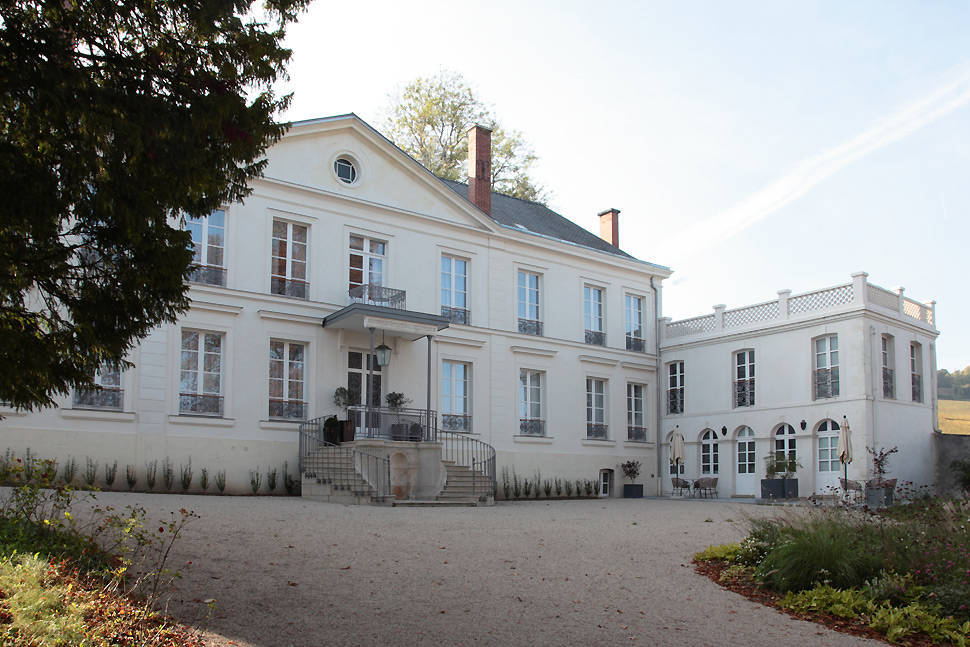
JACQUES SELOSSE

MAISON ARMAND DE BRIGNAC
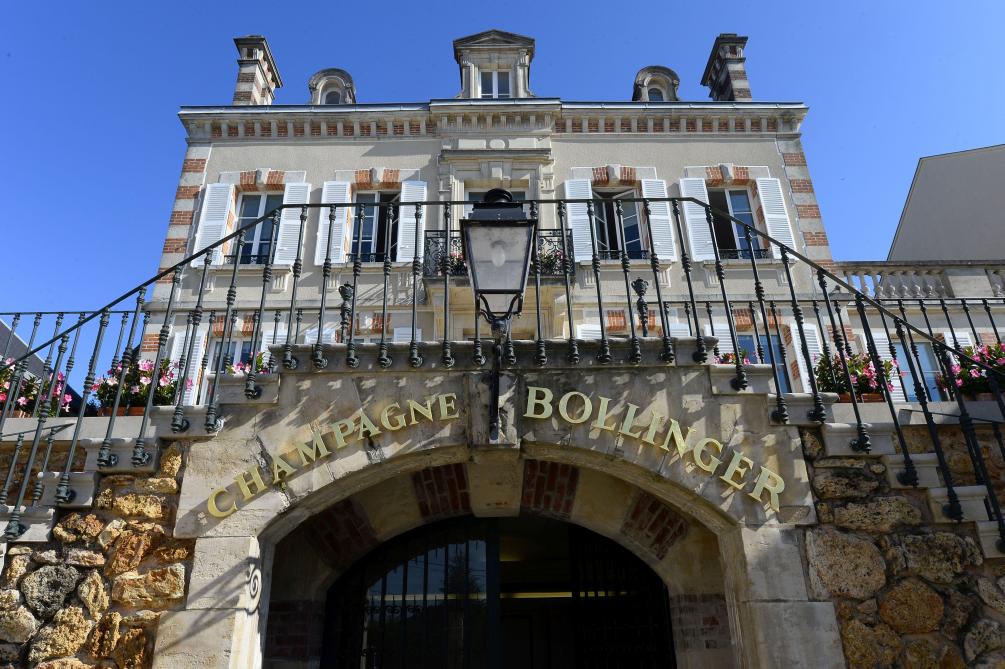
MAISON BOLLINGER

MAISON BOËRL & KROFF

MAISON DELAMOTTE
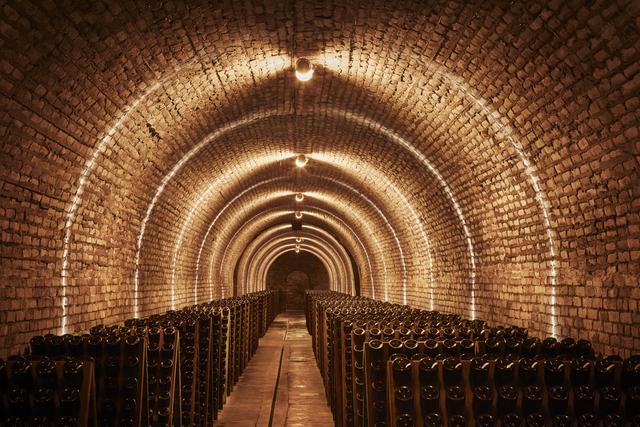
MAISON KRUG
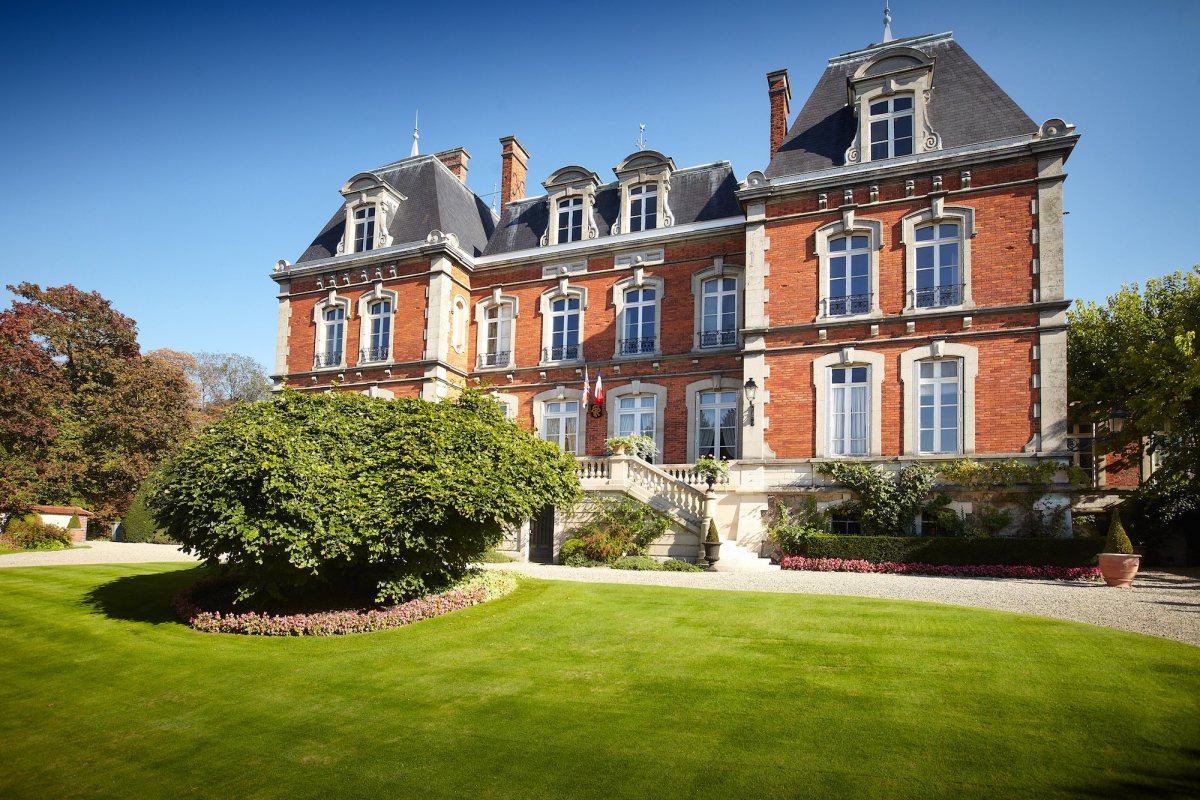
MAISON POL ROGER
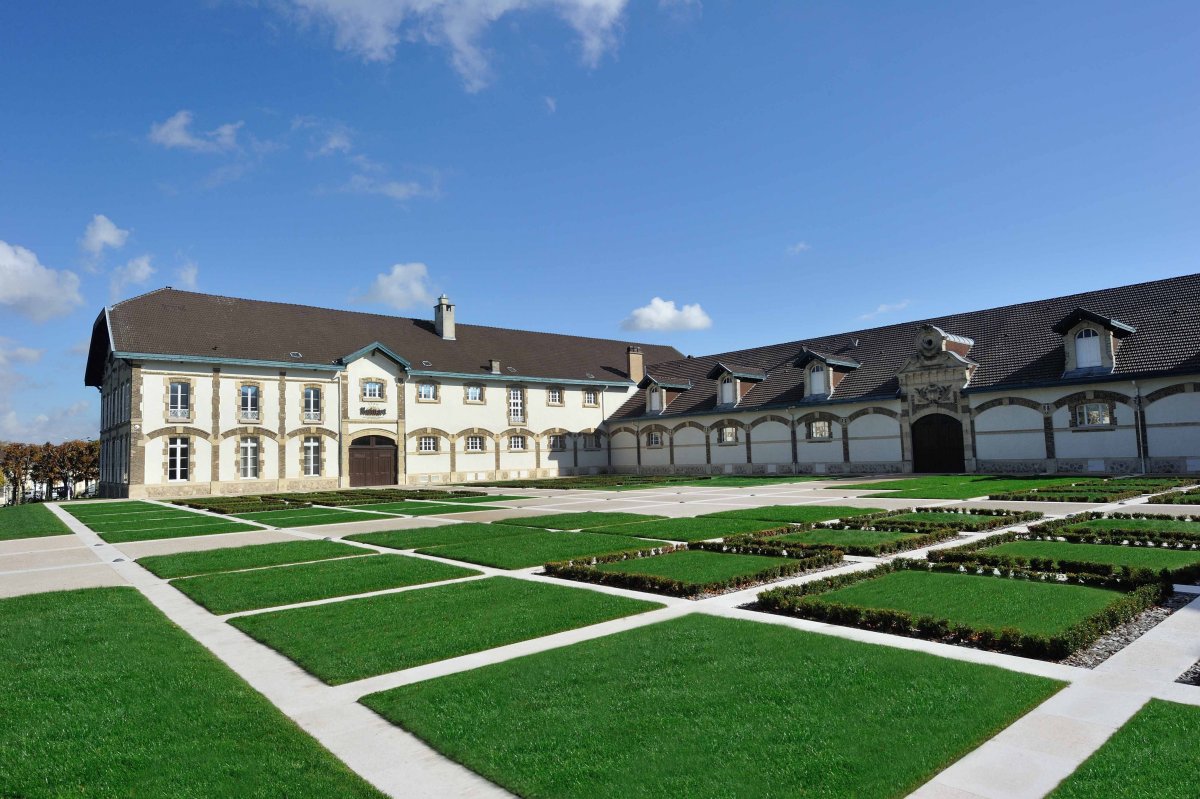
MAISON RUINART
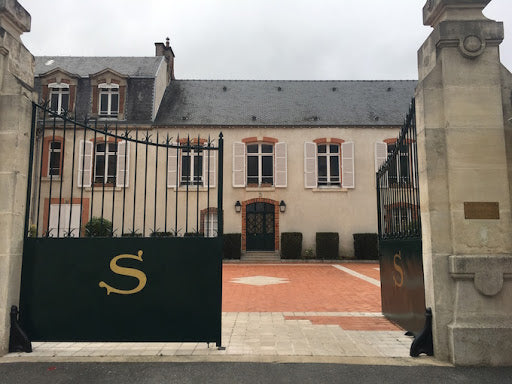
MAISON SALON
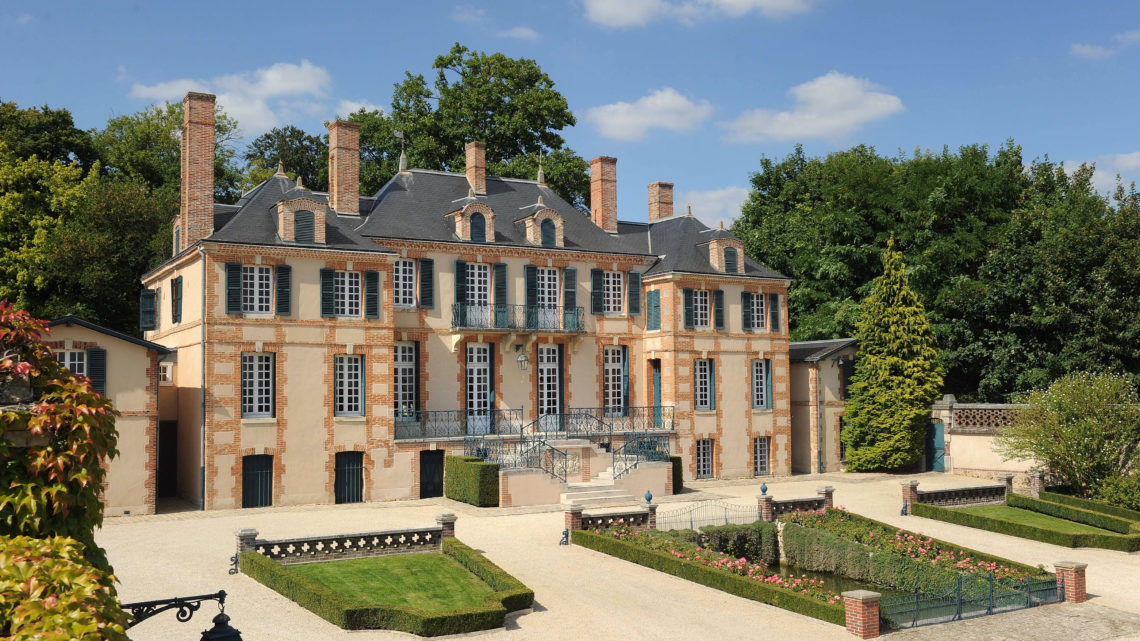
MAISON TAITTINGER
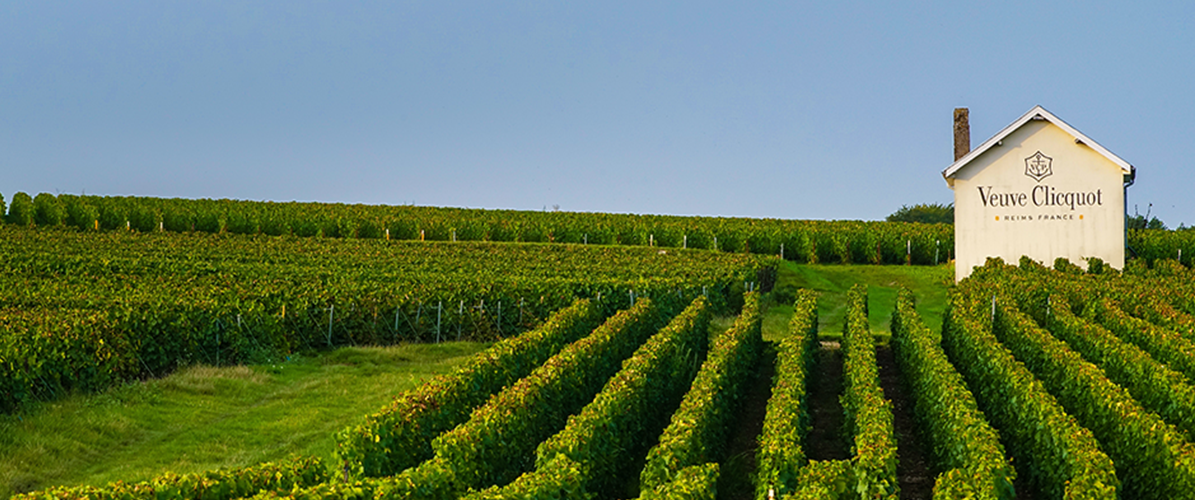
MAISON VEUVE CLICQUOT
Découvrez les maisons & vins de Champagne
Champagne, a mythical wine region
Champagne is one of the finest wines in the world. Their worldwide fame makes them a symbol of celebration and French art de vivre. Champagne is served and even sabered at the most prestigious and festive events around the world.
Vineyard history
The history of Champagne goes back over 2000 years to Roman times, but it was not until the Middle Ages that the region began to acquire a reputation for its still wines, thanks to the coronations of almost all the Kings of France in Reims Cathedral (notably the coronation of Charlemagne). A true wine of kings, it wasn't until the 17th century that the first champagnes as we know them today were produced. This exceptional nectar is the fruit of the encounter between the English innovation of glass bottles and the mastery of fermentation in this container by the Benedictine monk Dom Pierre Perignon..
A few geographical facts
With 34,000 hectares of vines nestled between the towns of Reims and Épernay, this vineyard represents 3% of French vineyards. Annual production is around 2.7 mhL. The soils are predominantly limestone (known locally as "chalk") and clay. The vineyard is dominated by three emblematic grape varieties: chardonnay, pinot noir and meunier. The Champagne region is divided into five sub-regions, each with its own geological and climatic characteristics. Among the most famous is the Vallée de la Marne, with its great Meunier terroir, a grape variety that brings roundness and fruity notes to blends. The Montagne de Reims is renowned for its powerful, elegant Pinot Noirs. La Grande Dame de la Maison Veuve Clicquot is the perfect expression of Madame Clicquot's audacity and fascination for this grape variety.
The Côte des Blancs, renowned for its fine Chardonnays, lends its unique signature to Maison Salon, which, for the sake of exacting standards, produces cuvées exclusively from the finest vintages harvested from a delimited plot in the Mesnil-sur-Oger Grand Cru. In the 20th century, Salon produced only 37 vintages. The "crus" scale, created at the beginning of the 20th century to establish the price of grapes, is still used to assess wine quality for the 17 grand cru villages (Verzenay, Aÿ, Cramant, Avize, Oger) and 42 premier cru villages (Hautvillers, Chouilly) classified.
The traditional method
The traditional Champagne method is meticulous and highly regulated.It begins with a rigorous selection of grapes from the three main grape varieties. Hand-picked to preserve their integrity and quality, the grapes are harvested at an earlier physiological and phenolic ripeness than in other regions. It's by preserving the acidity present in the grapes that these champagnes stand out, endowing them with legendary freshness and delicacy. Once pressed, the must undergoes a first fermentation to become a base wine.This wine is bottled with the addition of yeast and a dosage liqueur, triggering a second fermentation in the bottle.The carbon dioxide formed in the bottle gives rise to champagne's emblematic bubbles. After this stage, the wine is aged on its lees for several months, 12 months minimum, to gain in complexity and aromatic richness. The lees contribute unique aromatic notes of pastry, brioche and cookie, formed by the autolysis of yeast. Finally, the riddling process gathers the lees in the neck of the bottle, then the disgorging process eliminates the lees, ensuring the clarity of the champagne.
Champagne blending
Champagne is a land of exception on every level. Exceptional in terroir and ageing, but also exceptional in blending: Champagne blending is a tradition deeply rooted in the region's history and identity. It's an art based on the harmonious blending of different grape varieties, crus and vintages. It guarantees the consistency of each Champagne House's style, while revealing the richness and complexity of the Champagne terroir. It is the only region in the world that allows the blending of red and white wines to produce a rosé wine. These blends have given birth to some of the most legendary cuvées created around some of the most outstanding personalities in our history. Cristal Roederer is considered one of the world's most prestigious champagnes, thanks to its exceptional quality and fascinating history.It was created in 1876 for Tsar Alexander II of Russia, who asked Maison Louis Roederer to create a champagne especially for him.Pol Roger's Cuvée Churchill also illustrates the historic links between Champagne and the world's great and good.
Blanc de blancs and blanc de noirs
The world of champagne is rich in nuance and subtlety. The difference between blanc de blancs and blanc de noirs is one of the most fascinating aspects of this wine. These two styles of champagne are distinguished primarily by the grape varieties used in their production.Blanc de blancs is made exclusively from Chardonnay, a white grape variety.This variety gives the champagne its characteristic finesse, with notes of citrus fruit, white flowers and sometimes a certain minerality. Krug's exceptional Clos Du Mesnil 2000 is without doubt the finest example of this champagne style.Blanc de noirs is produced from red grapes, mainly Pinot Noir and to a lesser extent Meunier.Despite their name, the color of these champagnes is also white, as only the juices of these grape varieties are used, without maceration of the skins, which would give the champagne a red to rosé hue. Blanc de noirs tend to be fuller-bodied, windier and more structured, with aromas of red fruit, toast and sometimes a touch of spice. The prestigious Cuvée B De Boërl & Kroff, 2004 from Maison Boërl & Kroff is a perfect mastery of this style of Champagne.
The vintage effect
Vintage is an important concept in the world of Champagne. It refers to the year in which the grapes used to produce the wine were harvested. It is mentioned in exceptional years. Whether or not a wine qualifies as exceptional is decided by the Champagne House, and varies from one to the next. The vintage must appear on the label, and the blend must contain 100% of the year's harvest.
A vintage Champagne expresses the variations in climatic conditions of the year indicated on the label. Vintage champagnes often offer a richer, more complex expression of terroir and grape variety. Maison Bollinger's La Grande Année 2014 highlights the style and mastery of a predominantly Pinot Noir blend.
The dosage
According to European regulations on dosage for sparkling wines, there are 7 categories of sparkling wine classified according to their residual sugar level. In ascending order of dosage: Brut Nature (0-3 g/L), Extra Brut (0-6 g/L), Brut (0-12 g/L), Extra-Sec (12-17 g/L), Sec (17-32 g/L), Demi-Sec (32-50 g/L) and Doux (+50 g/L).
Our sales team will be delighted to advise you on rare wines and collectors' wines available in limited quantities or under allocation (Rayas, Selosse, etc.). To send us your requests, please send an e-mail to: contact@mwineted.com

